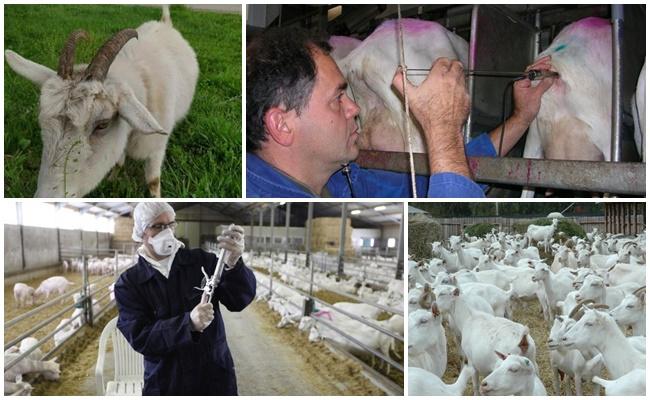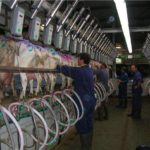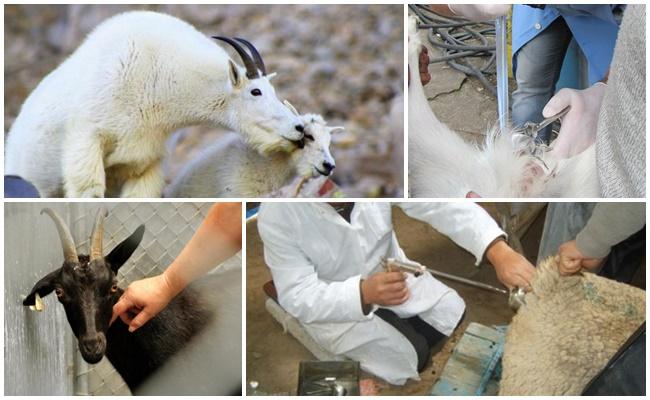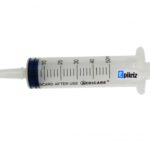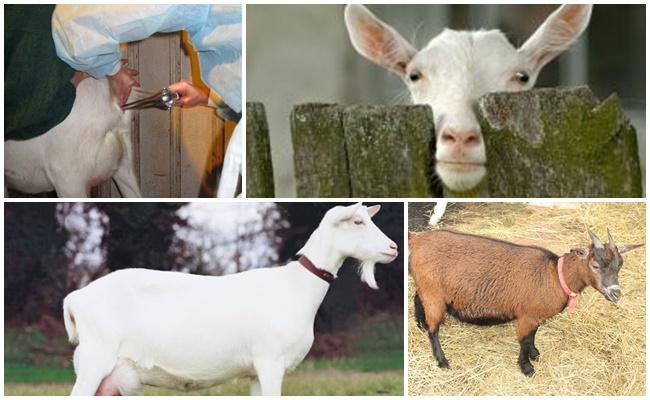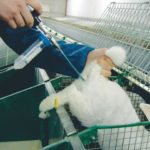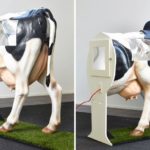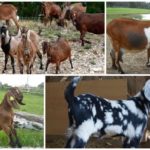In artificial insemination, goats are injected vaginally with the male's sperm using special instruments. This method of fertilizing female ungulates in agriculture is considered more convenient and productive; it allows you to control the breeding composition, select the best individuals, and prevent diseases. But the main goal of artificial reproduction is to obtain numerous offspring from a manufacturer with the desired characteristics.
Advantages and disadvantages
Artificial insemination is beneficial for farms of any size and orientation and has many advantages:
- sperm can be obtained from any male, even located on the other side of the planet, since the freezing method is used for transportation;
- it is possible to fertilize several goats, for which the seed material is divided into the required number of portions;
- the presence of sexually mature goats is not required;
- the health of the livestock is maintained, as the transmission of infection is eliminated;
- Livestock productivity increases because the healthiest males become sperm donors.
The artificial method of inseminating goats also has disadvantages:
- sometimes you have to wait a long time for seed material from distant regions;
- the owner must purchase equipment and arrange the premises where the goats will be inseminated;
- the owner of goats can engage in insemination only with the help of a veterinarian or after completing training sessions;
- The cost of the procedure is considerable, which is unprofitable for small farms.
Optimal timing
Artificial insemination begins when the goat goes into heat. This condition is determined by several criteria:
- the vulva swells, a mucous mass is released from it;
- the pet behaves restlessly and refuses food;
- tries to get closer to the goat, if he sees it nearby, he gets into a pose of readiness to mount.
The above signs are not always observed in goats. In this case, to check for the presence of estrus, test goats are used - individuals that are not suitable for producing offspring. If the goat is in heat, she will allow the goat to mount. If the female resists, then she is not in heat. To prevent fertilization from occurring, a barrier apron is tied to the test male's genital area. There is a practice of putting a goat into heat. She is injected intramuscularly with the hormones progesterone and ovariotropin. The course of injections is as follows: 120 mg of progesterone - 4 times 30 mg each for 2 days, followed by ovariotropin. 2 days after hormonal injections, the goat goes into estrus.
Rules for artificial insemination
Artificial insemination includes several stages. First, a healthy breeding goat is selected, seed material is taken from him, which is transported to the place of the procedure. Then insemination is carried out.
Receiving sperm
Up to 2 ml of sperm can be taken from one goat at a time. The most common is the urethral method of extracting seminal material, in which an artificial analogue of a goat’s vagina is used, which has an irritating and thermal effect on the male reproductive organ. The device looks like a hollow cylindrical tube, which can be ebonite or aluminum. An elastic rubber bag is placed inside, with the ends tucked into the casing.
On the side of the cylindrical structure there is a hole for supplying water and air, due to which temperature and pressure are created in the rubber bag that are optimal for maintaining arousal of the genital organ. The inner end of the sac is equipped with a sperm receptacle.
The procedure for obtaining sperm is carried out as follows:
- the goat is excited by bringing it closer to the females;
- the worker stands to the right of the animal;
- with his left hand he retracts the preputial sac;
- with the right hand, pulls the artificial vagina onto the excited organ at an angle of about 30 ° to the horizontal plane;
- after ejaculation, turns the device vertically, opens the hole for air to escape so that the sperm flows into the receiver.
There are also vaginal sperm collection and electroejaculation. But these two methods are not widespread, as they worsen the quality of sperm.
In the first case, the seed material is taken from the goat's vagina with a sterile sponge after natural mounting. In the second case, one electrode is inserted into the male's rectum, and the second is attached to the scrotum. The device creates impulses with a voltage of up to 30 V, which have an irritating effect and force the release of sperm.
Insemination using a catheter syringe
For the procedure take:
- syringe for insemination;
- plastic catheter 22 cm long;
- vaginal speculum for livestock;
- 70% alcohol solution;
- 1% saline solution.
The goat is tied to the pen. The speculum is disinfected with warm saline solution and immersed in the vagina in a folded state. Carefully open the instrument. A catheter is attached, and 1 ml of diluted seed material is drawn into a syringe disinfected with alcohol. The catheter is inserted 2-3 cm deep and sperm is injected. The catheter is removed, the speculum rods are closed, and the instrument is removed.
Using a capsule driver for insemination
Take a plastic perforated tube 20 cm long and a metal capsule driver, heated in water to a comfortable temperature of 38-40 °C. The goat is tied to the pen. The capsule is immersed in the tube into the socket and carefully moved with the rod to the end.A speculum is not required: the vaginal opening is expanded with the fingers of the left hand, and with the right hand the instrument is moved into the vagina, scrolling around the axis. When moving the tube, the front end is lifted slightly upward so as not to affect the ureter. They deepen it until the device touches the vaginal vault, then return it about 1.5 cm and release the sperm.
Preventive measures to prevent the spread of diseases
To prevent the goat from becoming infected with an infectious disease, the following manipulations are performed before artificial insemination:
- instruments and materials stored in sealed containers are carefully treated with an antiseptic solution;
- the employee is given a clean medical gown, a cap to hide his hair under, and sterile rubber gloves for one-time use;
- the vaginal area of the goat is washed with a 0.02% solution of the drug “Furacilin”;
- The external genitalia of the animal are thoroughly wiped with a clean cotton towel.
How to keep coated females?
After successful insemination, the goats are moved to a prepared section of the barn where they will live until birth. You cannot shout or make noise in the barn. Pregnant goats become more restless and sensitive; any stress factor has a negative effect on their body.
Pregnant goats are provided with a high-quality, balanced diet, which includes:
- forage with a predominance of leguminous grasses;
- fresh grass;
- meadow hay.
Goats are fed 4 times a day. There should always be clean water in the drinking bowl. Throughout pregnancy, goats are regularly examined by a veterinarian, monitoring the physical condition of the body, the rate of weight gain and abdominal enlargement.

